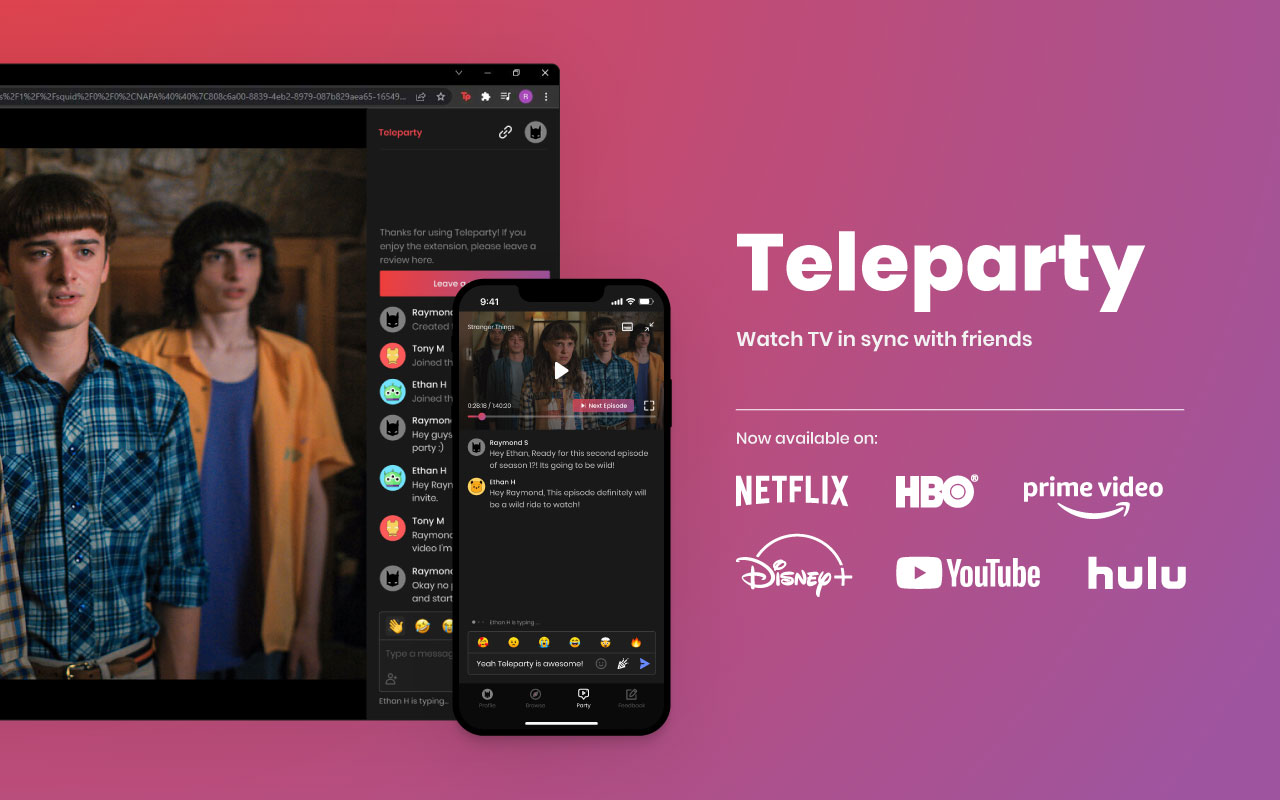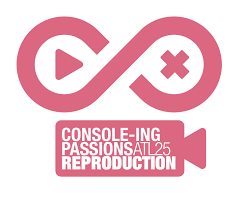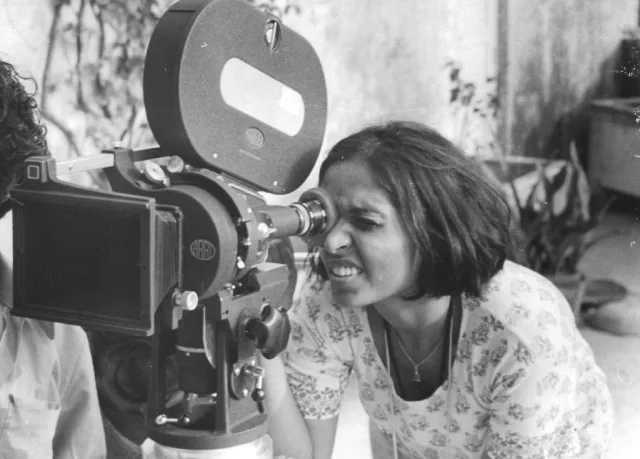Customers of online services may want to take carbon emissions into account when deciding which service to use, but it's currently difficult to do so due to the lack of reliable emissions data that is comparable across online services.
Rogue Scholar Beiträge
Ryan Gibb and I have been thinking about how the current Internet architecture fails to treat the carbon emissions associated with networked services as a first-class metric. So when the LOCO conference came up, we tried extending the DNS with load balancing techniques to consider the carbon cost of scheduling decisions.
Josh Millar and I have been having great fun designing embedded systems for cooperative biodiversity monitoring. Josh presented our work over at LOCO 2024 with an abstract on the Terracorder project. Read more if you enjoy a combination of machine learning and ESP32 hacking.
I happened to be reading back over Tutorial 34: How to document a specimen, when something caught my eye in the example photo we used of how to capture the label and appropriately positioned scalebar along with the specimen: Somehow, when I wrote that post, I didn’t actually look at the photo I was showing […]
Human Cell Atlas Asia 2024: A Spatial Omics Odyssey The GigaScience Press Cross Journal ( GigaScience and GigaByte ) series on “Spatial Omics: Methods and Application” continues to receive and publish submissions. Promoting and providing a home for cutting edge research in new field taking large-scale data-rich biological and biomedical research into new dimensions.

Disclaimer: This blog post is derived from my master thesis titled “New Aspects of Communal Viewing: Subscription Video-on-Demand Platforms and Watch Parties. For further details, you can visit the link provided by Turkish Council of Higher Education Thesis Center. Although communal viewing is often associated with the moviegoing experience;

Georgia State University Atlanta, Georgia June 27-29, 2025 In the contemporary media landscape, films are remade, television shows rebooted, videogames reimagined in a seemingly endless loop of reproduction. Reproduction, in the form of AI, was also at the heart of recent media industry labor actions.

We’re delighted to announce our keynotes: Dr Debashree Mukherjee (Columbia University, USA) Dr Kate Terkanian (Bournemouth University, UK) This seventh iteration of the Women’s Film and Television History Network conference will foreground transnational and transmedial approaches to histories of women’s work in and across film, television and related media.

Imagine standing on the shores of Prince William Sound, Alaska, where the Exxon Valdez oil spill once unleashed 11 million gallons of crude oil into the ocean. The waves crash gently against the rocky beach, but beneath the surface, a quieter revolution is happening. Microbes — some engineered, some naturally adapted — are cleaning up what humans couldn’t. This is bioremediation in action, where biotechnology meets environmental stewardship.

von Annika Bärwald und Josefa Cassimo Wie verwandelt man einen Datensatz voller heterogener prosopografischer Angaben in eine einfache, aber funktionale Datenbank, mit der andere Forschende weiterarbeiten können? Wie wird man in diesem Prozess historisch marginalisierten Personen gerecht, deren Lebenswege, Arbeitsverhältnisse und Mobilitätspfade meist nur fragmentarisch überliefert sind?

Collection #22